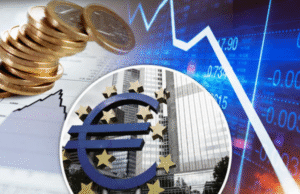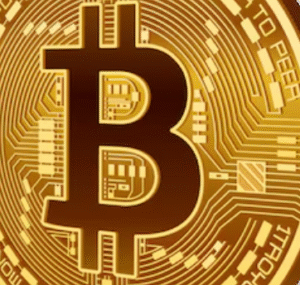$BABA $FXI $BTC
#China #GDP #EconomicGrowth #Stimulus #Macroeconomics #Disinflation #TradeWar #USChina #Tariffs #Markets #Policy #GlobalEconomy
China’s top leaders are convening this week to deliberate on critical issues surrounding GDP growth targets and potential economic stimulus measures, as concerns over the nation’s slowing recovery gather momentum. This meeting comes on the heels of months of disinflationary pressure and tepid domestic consumption, which have hindered the post-pandemic rebound. Observers expect that policymakers will need to address deteriorating economic indicators and initiate strategies to navigate external challenges, such as the re-escalation of tariffs from the United States. The stakes are high for markets, with global investors keenly watching the proceedings for cues on how the world’s second-largest economy plans to regain its footing and chart a sustainable trajectory.
One of the focal points is expected to be China’s GDP growth target for the coming year. The 5% growth goal set earlier for 2023 remains under scrutiny as disinflationary trends and faltering consumer demand threaten to flatten the momentum. Policymakers face a delicate balancing act: raising the target might inject optimism into markets but could also necessitate more aggressive fiscal and monetary tools. Such measures—whether through increased public spending, cuts to interest rates, or credit easing—could have implications for sectors tied to infrastructure and construction. Stocks like $BABA and ETFs like $FXI, which track Chinese equities, may see heightened volatility in anticipation of these announcements. Similarly, the cryptocurrency market, led by assets such as $BTC, could respond to any significant fiscal stimulus that potentially sparks demand for decentralized assets as hedges against currency devaluation.
The discussion is also likely to center on external economic pressures, especially the looming reintroduction of U.S. tariffs. Trade tensions and a shift toward re-shoring manufacturing back to the U.S. continue to exacerbate headwinds for China’s export sector, which remains a crucial component of its economic engine. Any hardline rhetoric from either side during this sensitive period could cast a shadow on global risk assets. For instance, Chinese tech firms reliant on exports might face additional pressures, while broader emerging markets could also experience spillover effects. Coupled with ongoing concerns about currency stability—the yuan recently hit multi-year lows against the U.S. dollar—exchange rate policy will likely enter the conversation during these high-level talks.
Investors are particularly focused on Beijing’s potential use of stimulus measures to prop up the economy, especially in the housing and real estate sectors, which have been under strain due to liquidity crises involving large developers like Evergrande. A stronger policy stance supporting the recovery of this sector could aid in shoring up consumer sentiment and provide a boost to domestic consumption. However, the risk remains that excessive stimulus could reignite inflationary concerns or overextend national debt. Global markets will dissect every signal emerging from the discussions, mindful that China’s economic strategies serve as a bellwether for financial stability not only in Asia but worldwide. The outcome of these deliberations could significantly influence monetary and fiscal policy shifts in other major economies, adding another layer of complexity for international investors.







Comments are closed.